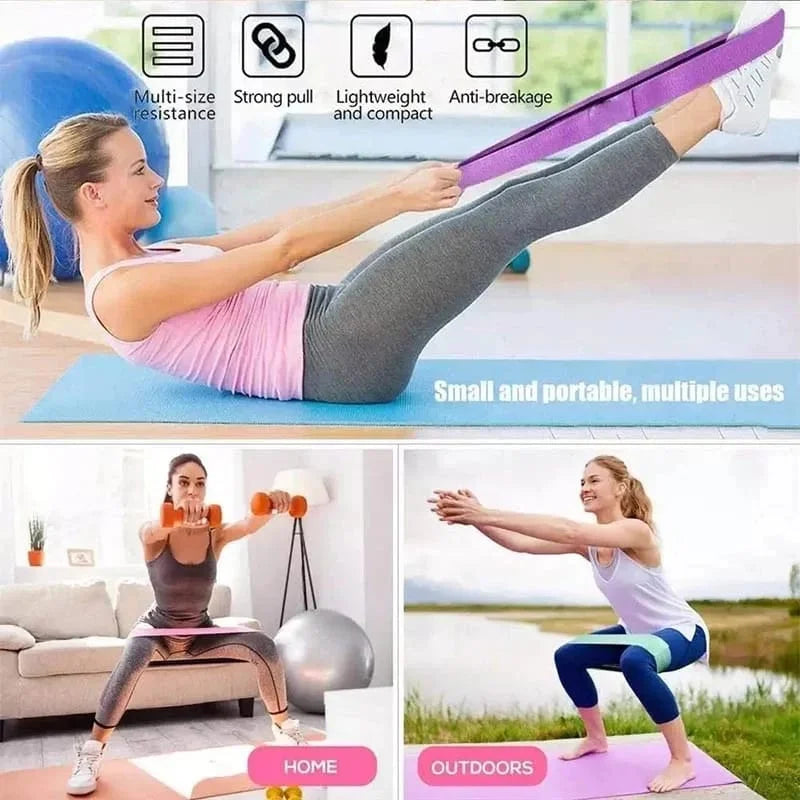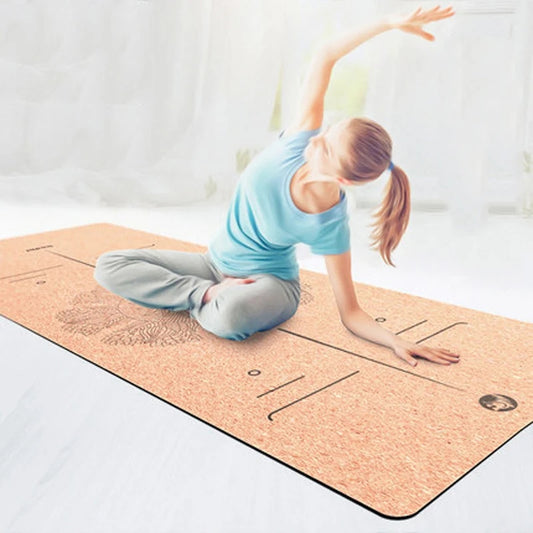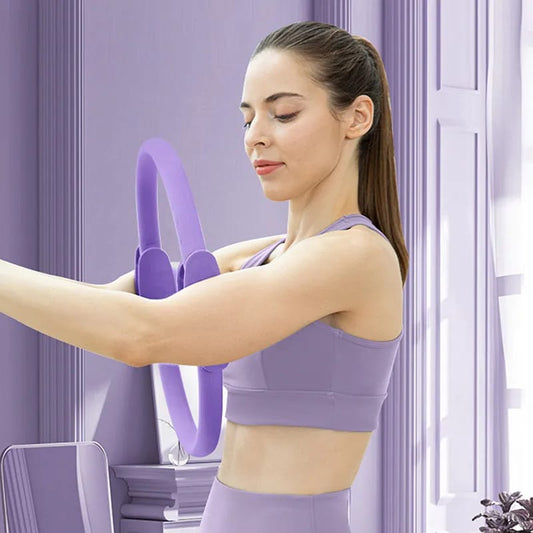The frequency of Pilates training can vary depending on individual goals, fitness levels, and lifestyle factors. Here are some general guidelines to consider when determining the frequency of Pilates training:
-
Consistency: Consistency is key when it comes to Pilates training. Aim for regular practice sessions to experience the full benefits of Pilates, including improved strength, flexibility, posture, and body awareness.
-
Beginners: If you're new to Pilates, starting with 1-2 sessions per week is a good starting point. This allows your body to adapt to the movements, learn proper technique, and gradually build strength and flexibility.
-
Intermediate and Advanced Practitioners: As you become more familiar with Pilates and build strength and endurance, you may choose to increase the frequency of your sessions to 2-4 times per week. This frequency allows for more consistent progress and refinement of technique.
-
Combination with Other Exercises: Pilates can be integrated into a well-rounded fitness routine that includes cardiovascular exercise, strength training, and flexibility work. Depending on your overall fitness goals, you may choose to incorporate Pilates sessions alongside other forms of exercise.
-
Rest and Recovery: It's important to incorporate rest and recovery days into your training schedule to allow your body time to recover and repair. Consider alternating Pilates sessions with rest days or low-impact activities to prevent overtraining and minimize the risk of injury.
-
Listen to Your Body: Pay attention to how your body responds to Pilates training. If you experience muscle soreness, fatigue, or signs of overtraining, consider scaling back the frequency or intensity of your sessions and prioritize rest and recovery.
-
Variety and Balance: Incorporate variety into your Pilates practice by exploring different class formats, instructors, and styles of Pilates. This helps keep your workouts engaging and challenging while preventing plateaus and monotony.
Ultimately, the frequency of Pilates training should be tailored to your individual needs, preferences, and goals. Experiment with different training schedules and listen to your body to find the right balance that allows you to enjoy the benefits of Pilates while maintaining overall health and well-being. Consulting with a certified Pilates instructor or fitness professional can also help you develop a personalized training plan that aligns with your goals and lifestyle.




















